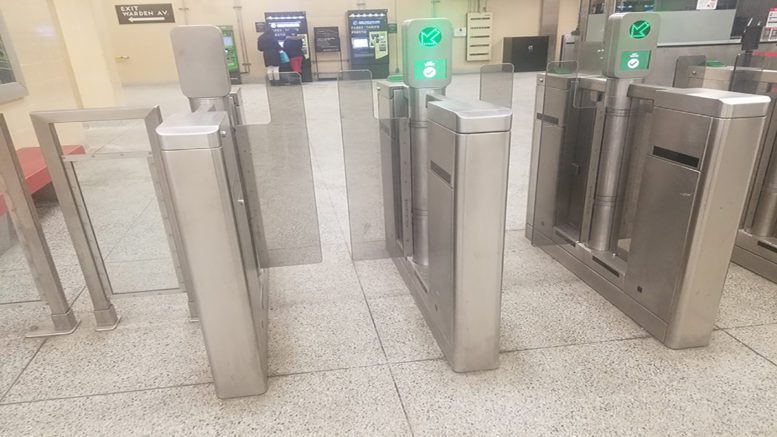Fare evasion has always been a problem with the the TTC, but now it seems be getting worse with adults using child Presto cards.
A third of all fare evasion is the result of fraudulent use of child Presto cards, according to a TTC risk management audit released Feb.4.
The report details that there were more than five million “misused child rides” in 2019. Adults using child fares are seen as simply another form of fare evasion.
The TTC is exploring innovative ways to combat child fare fraud, said Stuart Green, TTC senior communications specialist for media relations.
“We are working on a system where the child Presto card will make a unique sound when tapped,” Green said.
“We are having a report being prepared and it is costing us $12 million a year.”
The Report will detail solutions to combat fare evasion, he said.
The conversion to Presto is mostly complete, as paper tickets and tokens are no longer being sold or produced. Counterfeiting of tickets and tokens has been replaced by fraud against the Presto system.
Signs are everywhere inn the system warn about fare evasion: “Probably won’t get caught. Chances are you will.” Meanwhile another implies the legal consequences: “No big deal. Actually it is. It’s stealing and it’s against the law.”
The current fine imposed by the TTC is $425.
“I don’t know why anyone would take the chance of using a child Presto card given the consequences”, said Jerico Cruz, who rides the TTC almost every day.
Though the cost of fraud on the TTC is millions of dollars, looking at the problem in terms of overall revenue puts things into perspective.
As a business model, what is the advantage of threatening your patrons? According to the TTC website, in 2018 only 1.6 per cent of fares checked by inspectors were not paid.
The TTC website lists the three main types of fare evasion: entering a subway from a bus bay, entering a fare gate behind someone else, or holding a gate open and not paying when boarding a bus or streetcar.
With the automatic presto payment, simple confusion about a stopover can be viewed as fare evasion. A two-hour window is allowed to complete a trip without paying another fare. However, if you board the same vehicle, the stopover can exceed two hours.
It may be clear that almost all TTC riders pay their proper fare, but Stuart Green is determined to root out those who do not.

